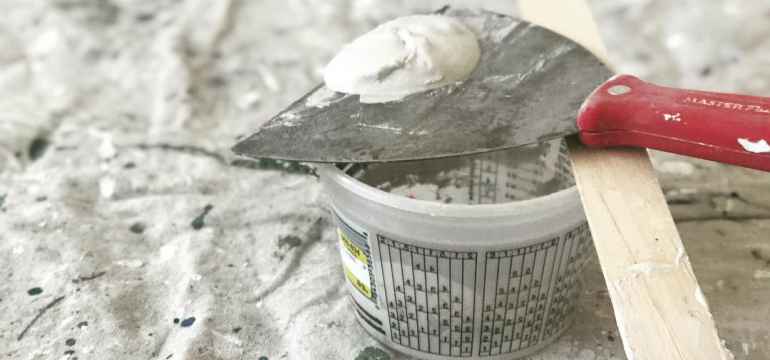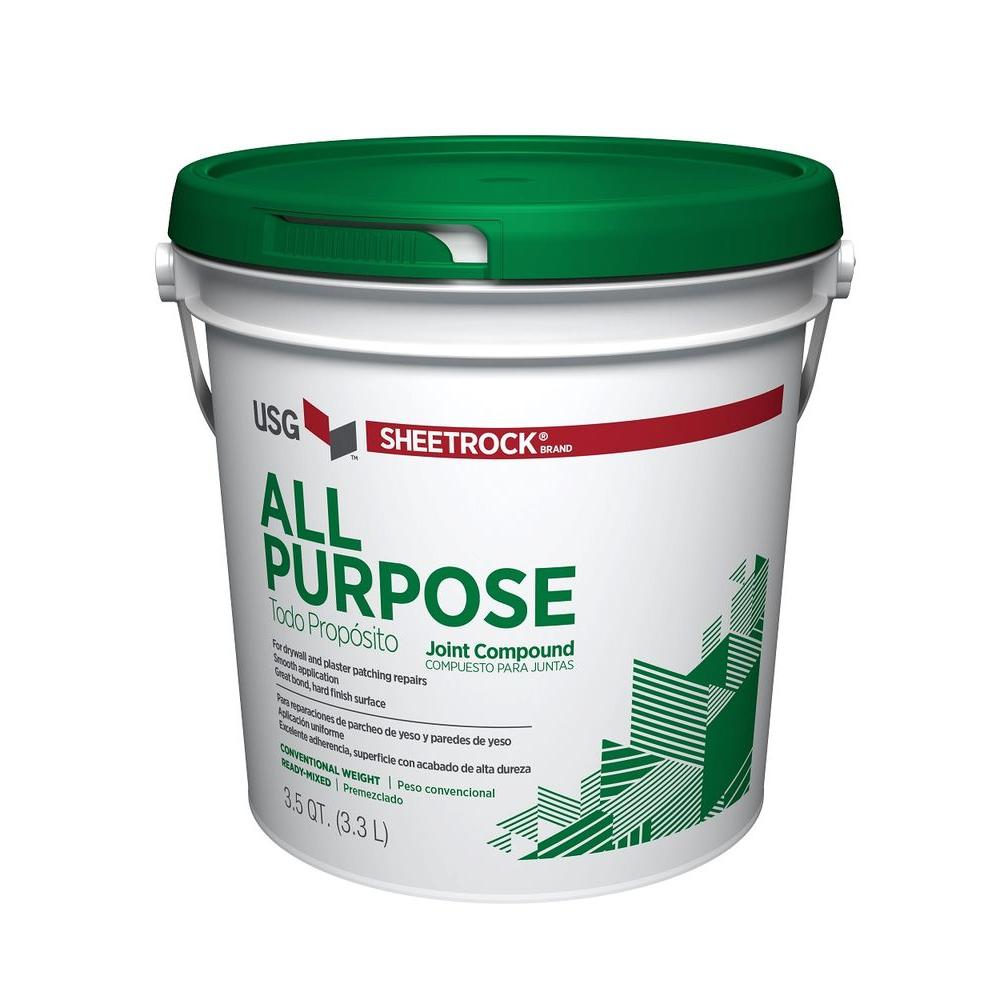
It essentially acts as a mask several coats need to be applied to cover blemishes, fasteners or screws. Joint compound is often used alongside drywall or gypsum boards to cover the joints between the panels, and other larger jobs. After it has dried, it can be treated like any other part of the wall and will withstand sandpaper, paint, and wallpaper. If the surface doesn't appear completely smooth, it should be gently wiped with a damp sponge. It can be applied with a flexible spatula and any excess scraped away before it's left to dry.

Spackle is ideal for household use, making it easy to repair small holes in plaster or drywall, such as those made by nails that were hammered into the wall. To prevent waste when using the powder form, only use as much as is necessary for the job at hand.Īlthough joint compound is also capable of drying out, it will take longer to do so than spackle when left exposed to the air.īoth substances should be stored in an airtight container when not in use. Both this and the ready-made type are prone to quickly drying out if left exposed to air. Spackle made up from the powder must be used as soon as it has been mixed together with water to prevent it from drying out and becoming too hard to use. Joint compound is a substance that is actually often referred to as 'drywall mud' and is of a similar consistency to plaster.

It is now also available in a ready-made paste.

It was originally produced in powder form, which needed to be mixed with water in order to be used. The word 'spackle' has gone from being just a trademark name owned by the Muralo Company to a generic word for any substance on the market that fills holes in walls.


 0 kommentar(er)
0 kommentar(er)
